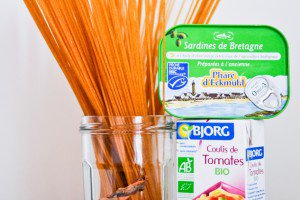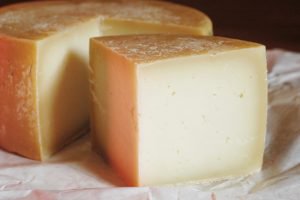
One often hears complaints about how things aren’t the way they used to be, how everything is going downhill fast, how nothing works the way it should and nobody cares anyway, but back in the days, boy, <insert whatever was so great back then>.
I am wary of this kind of statement, not only because hindsight is subjective — ten years from now those same people will surely miss what they have today — but also because it’s a negative attitude, and I prefer to focus on the good things we have now. The past should not be used as an excuse to sit and whine and feel depressed, but as a source of lessons to learn, to preserve what still can be and even recreate the splendor of things past where applicable.
Oh, I have my share of nostalgia, but it is the sweet kind of nostalgia that derives from a happy and protected childhood, and as one moves on and grows up, it is easy to let go. But I have now reached the ripe old age of 26 and something strange has just happened: I have witnessed, with my own tastebuds, the downfall of a food item that simply isn’t the way it used to be.
Let me introduce you to… le chique. Le chique (up until a few hours ago I was sure it was spelled le chic and I liked that better) is a specialty from Les Vosges, a mountain range in the North-East of France where my parents have a vacation house. It is similar to what is called faisselle elsewhere in France, an unsalted soft curd cheese that comes in a double container. The inner container holds the cheese and has holes in it, so the whey can drain out into the outer container. When you eat the cheese, you can choose to make it as dry or moist as you’d like by draining it a little longer, or pouring a little of the whey back onto it.
The chique we love has pillowy curds that hold their shape in the bowl but soften and melt in the warmth of your mouth. The chique we love has a farm-fresh and clean taste, with earthy accents of hay and a subtle acidity. The chique we love is traditionally seasoned with salt, pepper, garlic, and chives, and served as part of a typical farmer’s dinner, but in my family we eat it for dessert with sugar or the frothy leftovers from a fresh batch of jam. But the chique we love seems to be more and more difficult to find.
We used to buy it from a cheese seller at the Gérardmer market, but he changed suppliers and now what he sells has so much acidity you need a bucket of sugar to make it palatable. We tried the other cheese stalls on that market, but not everyone sells chique and when they do it’s too dry or too watery, too grey or too yellow, too bland or too strong — a disappointment every time.
What happened to our chique? My parents ventured the guess that it is a question of cows: traditionally, the local breed is la vosgienne, a black and white cow, originally from Switzerland, whose particular talent is to withstand temperature changes and make excellent milk for munster cheese. But la vosgienne does not produce as much milk as some other breeds, and it was slowly replaced by better performers, such as the Prim’Holstein (a.k.a Hollandaise or Frisonne), until its headcount dwindled down from 125,000 to 3,000 and it almost disappeared in the seventies. Thankfully it hasn’t, protected as it was by local organizations, who promote its reintroduction in farms (la vosgienne is much better suited to the local weather) and organize cattle contests to encourage its breeding.
I hope this will bring back the real chique on our table. And in the meantime I’ll just have to make my own curd cheese.













